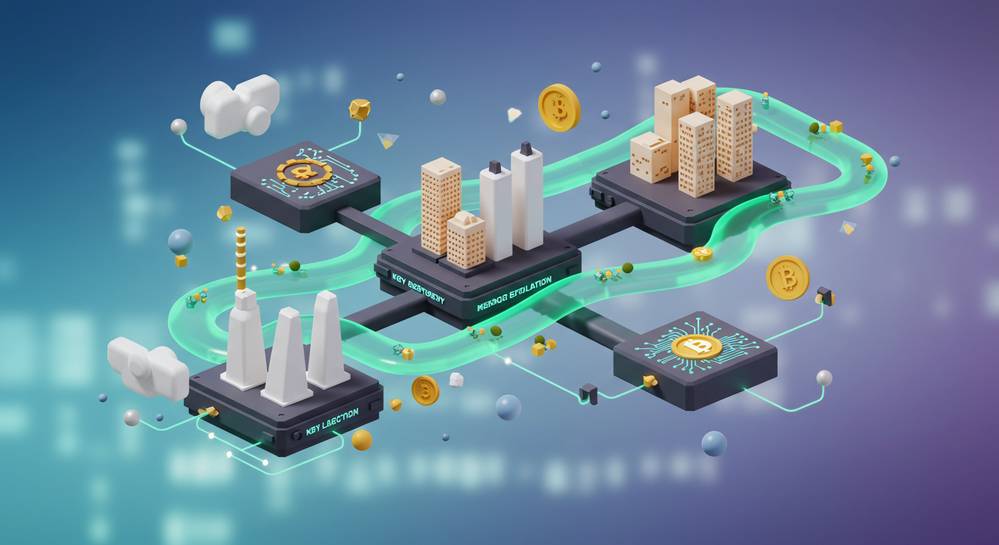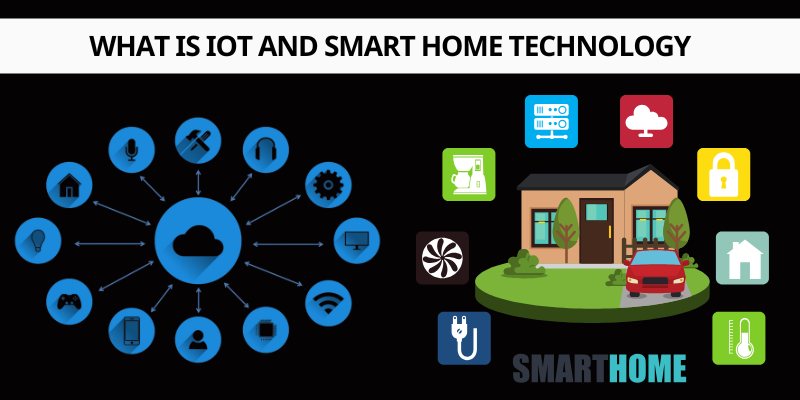Policy changes in energy efficiency are continually reshaping the global landscape of sustainable living and business operations. These shifts, driven by environmental concerns, economic incentives, and technological advancements, mandate a deeper look into how societies consume and manage energy. Understanding these evolving regulations is crucial for homeowners, businesses, and policymakers alike to adapt, innovate, and contribute to a more sustainable future. This article delves into the core aspects of policy changes in energy efficiency, offering insights into their implications and opportunities.
Contents
The Evolution of Energy Efficiency Policies

The global push for sustainability has fundamentally reshaped how governments approach energy consumption. Beyond the drivers of climate, economics, and technology, recent policy changes in energy efficiency reflect a strategic pivot. These reforms move towards more integrated, data-driven, and outcome-focused regulatory frameworks. This evolution aims for deeper, more systemic energy savings across all sectors.
Shifting Policy Paradigms
Policies are transitioning from broad guidelines to stringent, performance-based mandates. This means setting clear, measurable benchmarks for energy use in buildings, appliances, and industrial processes. Such a shift compels industries and consumers to actively seek innovative solutions. It moves beyond simple compliance, fostering a culture of continuous improvement in energy performance.
Integrating Technology into Policy
Modern energy efficiency policies increasingly leverage digital advancements. Smart grid integration, IoT devices, and AI-powered analytics are becoming central to monitoring and optimizing energy consumption. These technologies provide the crucial data needed for effective policy enforcement and targeted interventions. Governments are actively incentivizing the adoption of systems like an AI-powered smart home energy management system to maximize energy savings.
Key Sectors Impacted by New Regulations

Recent policy changes in energy efficiency are profoundly reshaping various sectors. These reforms demand significant adaptation and innovation from both producers and consumers. The focus targets high energy consumption areas, where improvements yield substantial environmental and economic returns. This includes the built environment, consumer goods, and industrial operations, each facing unique challenges and opportunities.
Built Environment Transformations
Building codes now mandate higher insulation standards and more efficient HVAC systems. These new regulations also push for integrating renewable energy sources into designs. This impacts both new constructions and major renovations, steering developers towards greener building practices and materials. For instance, future-focused policies encourage exploring undefined that prioritize sustainability.
Advancements in Appliance Standards
Governments are tightening Minimum Energy Performance Standards (MEPS) for a broad range of appliances, from refrigerators to lighting solutions. Such policies compel manufacturers to develop more efficient products, directly reducing household energy consumption. Consumers benefit from lower utility costs and a wider selection of energy-saving devices, including advanced undefined.
Benefits and Challenges of Modern Energy Policies

While the overarching goal of policy changes in energy efficiency is undeniably positive, their practical implementation presents a complex blend of benefits and significant challenges. Understanding these dynamics is crucial for policymakers and stakeholders. It ensures effective policy design and fosters public acceptance, facilitating a smooth and equitable transition towards greater energy efficiency.
Environmental and Economic Advantages
- Reduced Carbon Footprint: Lower energy demand directly translates to fewer greenhouse gas emissions, significantly aiding global climate change mitigation efforts.
- Cost Savings: Both individuals and businesses realize substantial long-term savings on energy bills, freeing up capital for other investments and stimulating economic growth.
- Job Creation: The expanding green energy sector, encompassing manufacturing of efficient products and specialized installation services, generates new employment opportunities.
- Enhanced Energy Security: Decreased reliance on imported fossil fuels strengthens national energy independence and overall stability.
- Initial Investment Costs: Upgrading to advanced energy-efficient technologies or undertaking comprehensive building renovations often requires substantial upfront capital, which can deter adoption.
- Awareness and Education: A lack of widespread public and business awareness regarding new policies and their long-term benefits remains a significant barrier, necessitating targeted educational campaigns.
- Regulatory Complexity: The sheer volume and technical intricacies of modern energy efficiency regulations can pose considerable challenges for compliance, particularly for small and medium-sized enterprises.
Adapting to Future Energy Efficiency Frameworks
As policy changes in energy efficiency continue to evolve, proactive adaptation is critical. Individuals and organizations must remain compliant, competitive, and contribute positively to sustainability goals. Future frameworks will likely become even more integrated, leveraging digital technologies and behavioral science to drive deeper impact.
Strategies for Stakeholders
- For Homeowners: Investing in smart home technologies and prioritizing energy-efficient appliance upgrades is key. Regular home energy audits can identify significant savings opportunities.
- For Businesses: Integrate robust energy management systems and conduct frequent efficiency assessments. Exploring incentives for adopting green technologies and training staff on energy-saving practices yields substantial results.
- For Policymakers: Focus on clear communication and accessible incentive programs. Fostering public-private partnerships will accelerate the widespread adoption of efficient practices.
Embracing these evolving frameworks ensures compliance. It also unlocks long-term benefits, from reduced operational costs to an improved environmental standing. The future of energy efficiency relies on continuous innovation and collaborative efforts.
The trajectory of policy changes in energy efficiency is clear: a steady move towards more stringent, comprehensive, and impactful regulations. These policies are not merely bureaucratic hurdles but vital catalysts for a sustainable future, offering substantial environmental, economic, and social benefits. By staying informed and actively engaging with these evolving frameworks, individuals and businesses can play a crucial role in building a more energy-efficient world. Explore more insights and trends at Dwelling Tech Trends to stay ahead in this dynamic landscape.


